Полное руководство по нектароносным и пыльценосным растениям региона Сабалан с анализом уникальной экосистемы,...
Полное руководство по жизненному циклу, анатомии и управлению колонией медоносных пчел
Введение
Медоносные пчёлы (Apis mellifera), как одни из самых важных и сложных социальных насекомых, играют жизненно важную роль в естественных экосистемах и экономике. Эти насекомые не только необходимы для производства мёда и побочных продуктов, таких как пчелиный воск и маточное молочко, но также играют ключевую роль в процессе опыления. Для профессиональных пчеловодов глубокое понимание жизненного цикла медоносной пчелы и её анатомии крайне важно для управления колониями, повышения продуктивности и контроля популяции. В этой статье будут рассмотрены научные детали жизненного цикла медоносной пчелы, компоненты её тела и ключевые роли каждой касты (матки, рабочие пчёлы и трутни) в колонии.
Жизненный цикл медоносных пчёл: Подробный обзор этапов развития
Медоносные пчёлы проходят полное превращение, известное как полный метаморфоз, в течение своего жизненного цикла. Эти этапы включают яйцо, личинку, куколку и взрослую пчелу. Каждый из этих этапов вносит значительные изменения в структуру тела пчелы и её роль в колонии.
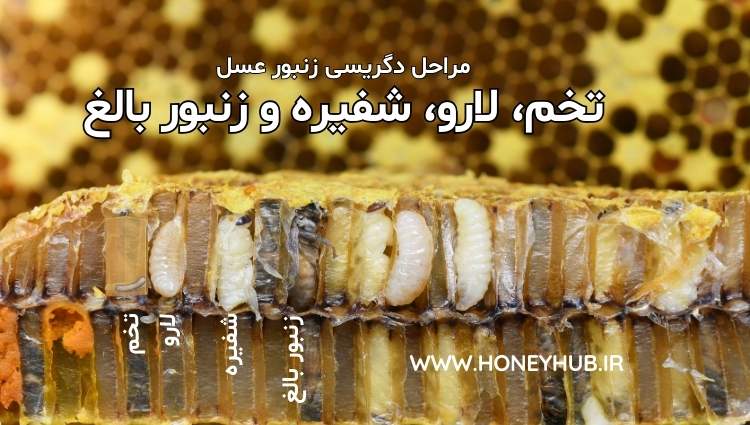
1- Яйцо: Начало жизни
Матка медоносной пчелы откладывает яйца в шестиугольные восковые ячейки, построенные рабочими пчёлами. В зависимости от того, оплодотворено яйцо или нет, будет отличаться тип пчелы, которая вылупится:
- Оплодотворённые яйца развиваются в рабочих пчёл или маток.
- Неоплодотворённые яйца развиваются в трутней.
Матка аккуратно размещает яйца в ячейках улья и контролирует рост и развитие колонии, выделяя специфические феромоны. Эти яйца превращаются в личинок примерно через три дня.
Сильная и организованная матка откладывает яйца в регулярном порядке, обычно перпендикулярно ячейке. Если колония остаётся без матки или если с маткой возникают проблемы, рабочие пчёлы могут начать откладывать яйца. Однако эти яйца будут неоплодотворёнными, а схема откладки станет нерегулярной: яйца будут размещаться на боковых стенках ячеек или по несколько яиц в одной ячейке.

2. Личинка: Питание и быстрый рост
Стадия личинки — это период, когда пчёлы быстро растут и получают интенсивное питание от пчёл-кормилиц. Изначально личинки питаются маточным молочком, но для личинок рабочих пчёл и трутней это продолжается только в течение первых 1–3 дней. После этого периода их кормят смесью нектара и пыльцы. В отличие от них, личинки, из которых должны развиться матки, питаются исключительно маточным молочком на протяжении всей стадии личинки. Это различие в питании играет ключевую роль в более быстром росте и высокой плодовитости маток.
Когда улей нуждается в этом из-за плотности популяции, нехватки места или слабого выделения феромонов маткой, рабочие пчёлы строят специальные чашеобразные ячейки из воска. Матка откладывает яйца в эти ячейки, которые называются маточниками. Эти ячейки больше обычных сотовых ячеек, и молодые пчёлы в возрасте 3–6 дней заполняют их маточным молочком для питания личинок маток.
3. Куколка: Физические преобразования
На стадии куколки пчела проходит полный метаморфоз, то есть все её основные органы, такие как ноги, крылья, усики и другие части тела, развиваются и формируются.
- Матки развиваются из куколок во взрослых пчёл за 7–8 дней.
- Рабочие пчёлы достигают зрелости примерно за 12 дней.
- Трутни обычно остаются на этой стадии 14–15 дней.
В течение этого периода куколка постепенно растёт внутри ячейки и завершает свои физические преобразования. В конце этой стадии пчела выходит из ячейки как полностью развившееся взрослое насекомое.
| Этап метаморфоза | Матка | Рабочая пчела | Трутень |
|---|---|---|---|
| Вылупление из яйца | 3 дня | 3 дня | 3 дня |
| Запечатывание ячейки | 8 дней | 8 дней | 10 дней |
| Превращение в куколку | 10 дней | 11 дней | 14 дней |
| Превращение во взрослую пчелу | 16 дней | 21 день | 24 дня |
4. Взрослая пчела: Разделение обязанностей в колонии
Взрослые пчёлы, выйдя из восковых ячеек, готовы выполнять свои определённые роли в колонии.
- Матка: Единственная обязанность матки в колонии — откладка яиц. Матку постоянно кормят рабочие пчёлы, и она не занимается защитой или сбором пищи. Продолжительность жизни матки составляет 4–5 лет, но её экономический срок службы — 2 года.
- Рабочие пчёлы: Эти пчёлы выполняют практически все задачи в колонии: от сбора нектара и пыльцы до строительства воска и ухода за личинками. Продолжительность жизни рабочих пчёл составляет от 4 до 6 недель летом, но зимой они могут жить несколько месяцев.
- Трутни: Трутни активны только в сезон спаривания, и их единственная обязанность — спаривание с матками из других колоний. Трутни погибают после спаривания, а те, кому не удаётся спариться, изгоняются из колонии осенью.
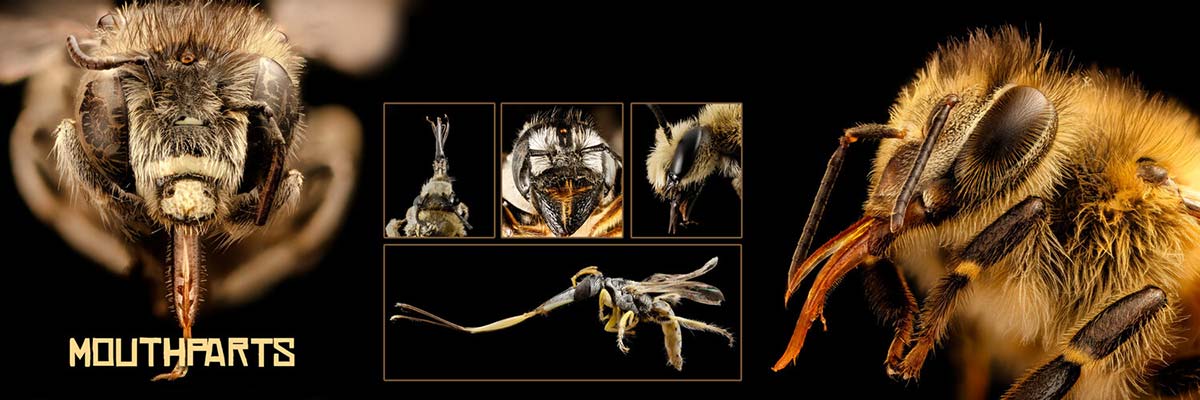
Строение тела медоносной пчелы
Медоносные пчёлы хорошо приспособлены для выполнения многочисленных и сложных задач, которые они выполняют в колонии. Каждая часть тела пчелы имеет определённую функцию, которая способствует выживанию колонии и удовлетворению её потребностей.
1. Голова: Сенсорный и коммуникационный центр
Голова медоносной пчелы содержит важные сенсорные и коммуникационные органы:
- Усики: У медоносных пчёл есть два длинных усика, содержащих тысячи сенсорных рецепторов. Эти усики могут распознавать запахи, вкусы и даже вибрации. Медоносные пчёлы используют усики для распознавания феромонов (выделяемых маткой) и для общения с другими пчёлами.
- Фасеточные глаза: У медоносных пчёл есть два больших фасеточных глаза, каждый из которых состоит из тысяч крошечных линз (фасеток). Эти глаза позволяют пчёлам обнаруживать движение и ориентироваться в различных условиях. Пчёлы особенно чувствительны к ультрафиолетовому свету, что помогает им лучше распознавать цветы и источники пищи.
- Простые глаза (оцелли): Эти три маленьких глаза, расположенные на верхней части головы пчелы, помогают определять интенсивность света и ориентироваться во время длительных полётов.
- Мандибулы (верхние челюсти): Эти сильные челюсти позволяют пчеле формировать воск, обрабатывать пищу и переносить необходимые материалы.
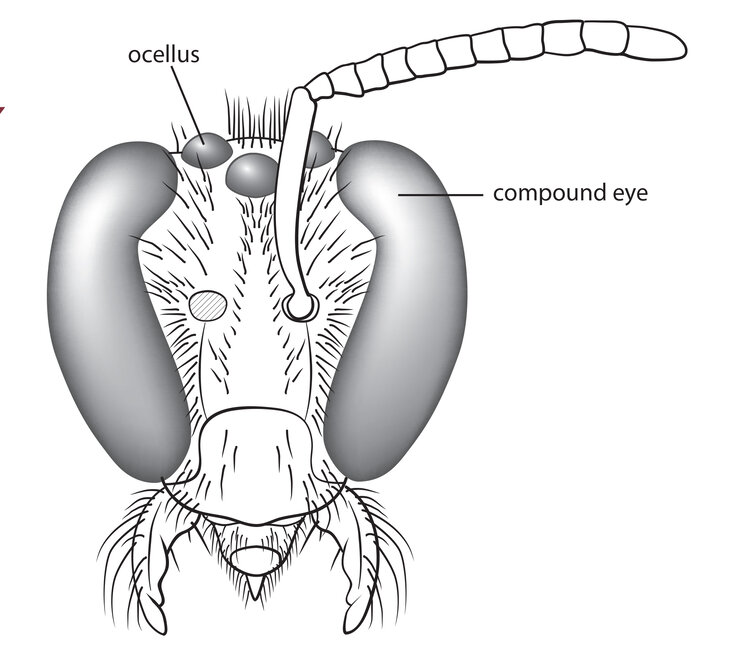
2. Грудь: Центр двигательной силы
Грудь медоносной пчелы содержит мышцы, которые позволяют пчеле двигаться. Эти мышцы необходимы для полета, ходьбы и других форм передвижения, что делает грудь важной частью анатомии пчелы.
- Крылья: У медоносных пчел есть две пары крыльев, которые позволяют им летать с высокой скоростью. Эти крылья также используются для вентиляции и охлаждения улья путем обдува воздухом.
- Ноги: У каждой медоносной пчелы три пары ног. Рабочие пчелы используют свои задние ноги в качестве корзиночек для пыльцы. Эти корзиночки, известные как корбикулы, используются для сбора и переноса пыльцы.
3. Брюшко: Место жизненно важных органов
Брюшко медоносной пчелы содержит органы, необходимые для выживания и функционирования колонии. К ним относятся пищеварительная, дыхательная и репродуктивная системы, а также жало у рабочих пчел.
- Жало: У самок медоносных пчел (рабочих пчел и маток) на конце брюшка находится жало. Жало рабочих пчел имеет зазубренную структуру и отрывается после использования, что приводит к гибели пчелы. Жало матки не имеет зазубрин, что позволяет ей жалить несколько раз.
- Восковые железы: Эти железы расположены в брюшке рабочих пчел и производят воск, который используется для строительства сотов улья. Восковые железы обычно активны, когда рабочие пчелы достигают возраста 12–18 дней или во время роения.
- Медовый зобик: Рабочие пчелы используют этот орган для переноса нектара из цветов в улей. Медовый зобик отделен от пищеварительного желудка пчелы и предназначен исключительно для хранения, сгущения и добавления ферментов в нектар.
Ключевые роли в колонии: Управление и продуктивность для пчеловодов
Точное понимание строения тела и жизненного цикла медоносных пчел помогает профессиональным пчеловодам эффективно управлять своими колониями. Благодаря лучшему пониманию этих процессов пчеловоды могут принимать обоснованные решения в отношении распределения задач в колонии, управления питанием и контроля роения.
Матка, благодаря своей ключевой роли в размножении, должна тщательно контролироваться. Выбор сильных и здоровых маток способствует выживанию колонии. Рабочие пчелы, выполняющие большинство задач, нуждаются в правильном питании и достаточном пространстве для выполнения своих обязанностей. Трутни также должны управляться должным образом, чтобы оптимизировать размножение и предотвратить сокращение популяции колонии.
Заключение
Пчеловодство — это и искусство, и наука, требующие глубокого понимания жизненного цикла и социальной структуры медоносных пчел. Для профессиональных пчеловодов знание этих аспектов может привести к улучшению управления колониями, повышению продуктивности и улучшению здоровья колоний. Если вы хотите улучшить свои навыки пчеловодства и максимально использовать потенциал своих колоний, начните узнавать больше уже сегодня.
Специализированные вопросы
Short specialized Q&A
Продолжительность метаморфоза медоносных пчел зависит не только от касты (матка, рабочая пчела, трутень), но и от таких факторов, как температура, питание личинок и условия окружающей среды. Оптимальная температура улья (около 34-35°C) крайне важна для правильного развития личинок.
Маточное молочко содержит богатый набор белков и витаминов, которые не только ускоряют рост матки, но и повышают её плодовитость и продолжительность жизни. В отличие от этого, личинки рабочих пчел и трутней после первых нескольких дней переходят на питание пыльцой и нектаром, что достаточно для их менее важных ролей в колонии.
Да, матки созревают быстрее, чем другие касты (16 дней), из-за их ключевой роли в откладывании яиц и управлении колонией. Рабочим пчелам требуется больше времени (21 день), чтобы полностью развиться и выполнять свои задачи, такие как сбор пищи и строительство улья. Трутням необходимо 24 дня, так как их единственная обязанность — спаривание с новыми матками.
Личинки маток выращиваются в специальных структурах, называемых "маточниками," которые больше обычных ячеек рабочих пчел. Этот больший размер обеспечивает достаточно места для быстрого роста матки и длительного кормления маточным молочком.
Личинки матки постоянно питаются маточным молочком на протяжении всего личиночного этапа. В отличие от этого, личинки рабочих пчел получают маточное молочко только в первые 1–3 дня, после чего их рацион меняется на пыльцу и нектар. Это различие в питании приводит к значительным различиям в размере, продолжительности жизни и способности откладывать яйца между матками и рабочими пчелами.
Температура является ключевым фактором для успешного метаморфоза медоносных пчел. Если температура в улье слишком снижается, этапы метаморфоза замедляются, что может привести к гибели личинок. Кроме того, правильная влажность и вентиляция необходимы для предотвращения заболеваний и нарушений роста.
Во время метаморфоза происходят значительные гормональные изменения. Гормоны, такие как ювенильный гормон и экдизон, играют ключевую роль в регулировании линьки и превращения личинок в куколки, а затем во взрослых пчел. Эти гормоны являются основными регуляторами развития новых структур тела на разных этапах.
Да, если колония теряет матку или нуждается в роении (размножении), рабочие пчелы могут вырастить новых маток, кормя молодых личинок маточным молочком. Однако слабые колонии или колонии с недостатком пищевых ресурсов могут испытывать трудности в производстве сильных маток.
Трутни производятся исключительно для спаривания с новыми матками и не участвуют в оперативных задачах колонии. Они передают половину генетики колонии новым маткам. В то время как рабочие пчелы в основном отвечают за сбор пищи, уход за личинками и защиту колонии, но они не участвуют напрямую в размножении.
Трутни обычно удаляются из колонии после сезона спаривания летом, так как их единственная роль — спаривание, и после этого они становятся обузой для колонии. Рабочие пчелы обычно изгоняют трутней в конце лета или перед зимой, чтобы сохранить ресурсы для зимовки.
Связанные продукты
Прополис
Маточное молочко
Мед-Прополис
пчелиная пыльца
Укрепляющий мёд с прополисом
Оставить комментарий
Войдите, чтобы оставлять комментарии
Связанные посты
 Honey Hub, сокровищница удивительных продуктов природы
Honey Hub, сокровищница удивительных продуктов природы Почему пыльца улучшает ваше здоровье?
Почему пыльца улучшает ваше здоровье?



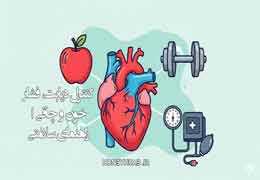









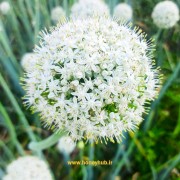






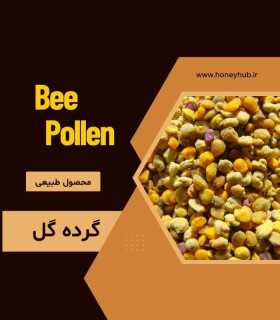



Последние комментарии